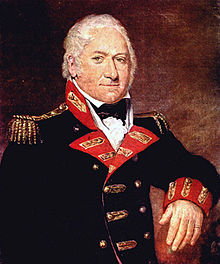- Joined
- Feb 13, 2020
- Messages
- 3,136
- Reaction score
- 7,117
Same as engine blocks, cast around a sand core.

And the rocket’s red glare, the bombs bursting in air,
Gave proof through the night that our flag was still there.
There were definitely cannon balls exploding ABOVE Fort McHenry in 1814, 50 years before the Civil War.
| Henry Shrapnel | |
|---|---|

| |
| Born | 3 June 1761 Bradford on Avon, Wiltshire, England |
| Died | 13 March 1842 (aged 80) Southampton |
| Nationality | British |
Casting sand in a bag in the mold. When dried it was poured. The bagged burned out leaving the sand, when the iron cooled the sand could be poured out.But how is a hollow cannon ball made. Solid ball easy enough but how is a hollow ball achieved?
Not really...those were mortar bombs...spherical iron shells with small balls inside and a bursting charge to break it all up into a shower of iron fragments to fall down inside the fort. Not used to cause explosive destruction.
Enter your email address to join: